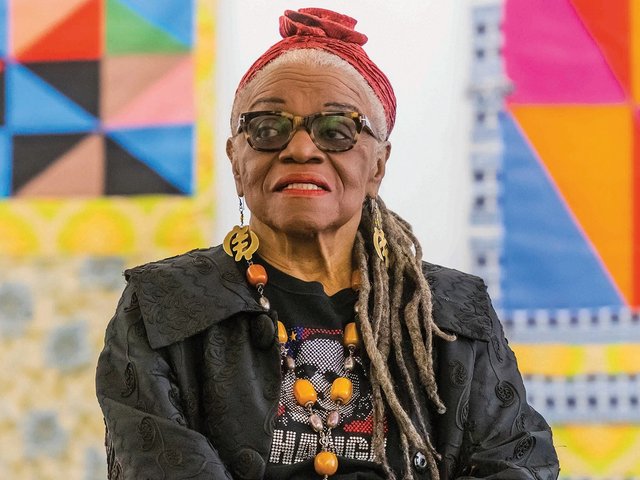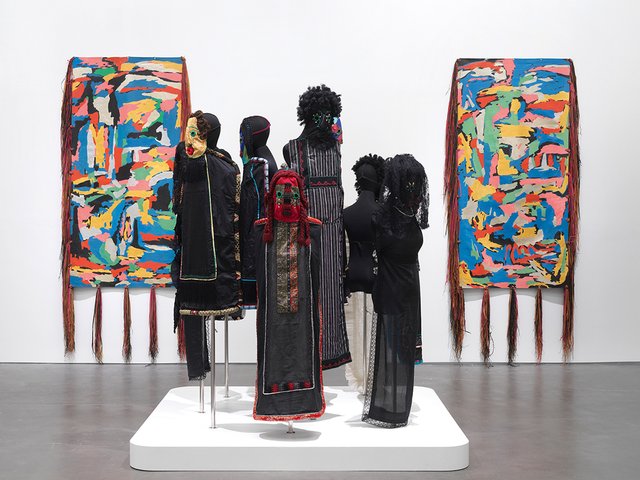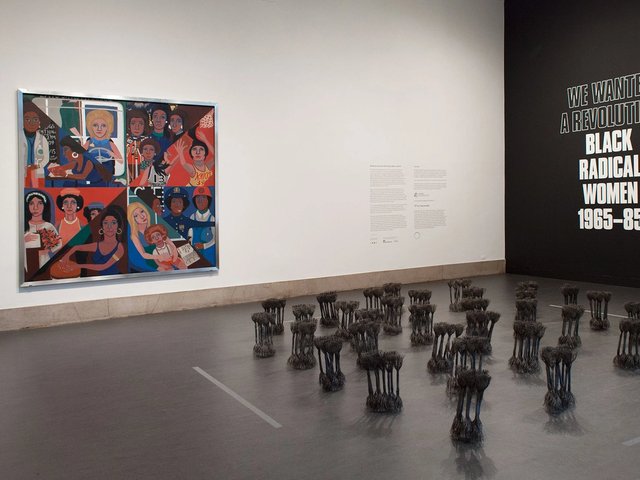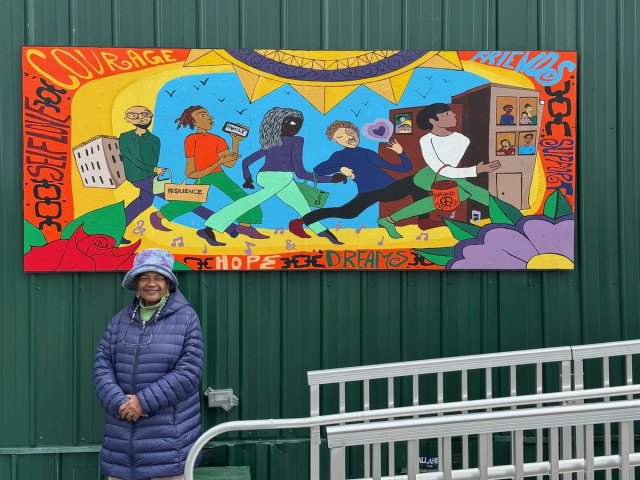Faith Ringgold reached the height of her fame in the decade before she died last year at the age of 91. She spent decades of her long under-recognised career painting, making quilts and writing children's books. A picture she made in 1971 caused a minor scandal—minor for anyone but the artist and the growing number of women prisoners on Rikers Island, the main holding site in New York City for those awaiting trial who cannot make bail.
Ringgold created the painting For the Women's House for a detention building at Rikers for women. The mural of eight panels depicts women in a range of jobs, few of which women held at the time. Ringgold said that she wanted her painting to remind those incarcerated that their lives didn't need to end behind bars. One inmate suggested an idea for the painting's title: “Paint Me a Road Out of Here.”
In the new documentary by Catherine Gund, Paint Me a Road Out of Here (2024), the prison lives up to its reputation as filthy, violent and corrupt. The painting is now at the Brooklyn Museum, on a ten-year loan from the New York City Department of Correction. Gund’s entertaining and often troubling documentary examines the tangle of coincidences that enabled anyone to see it today.
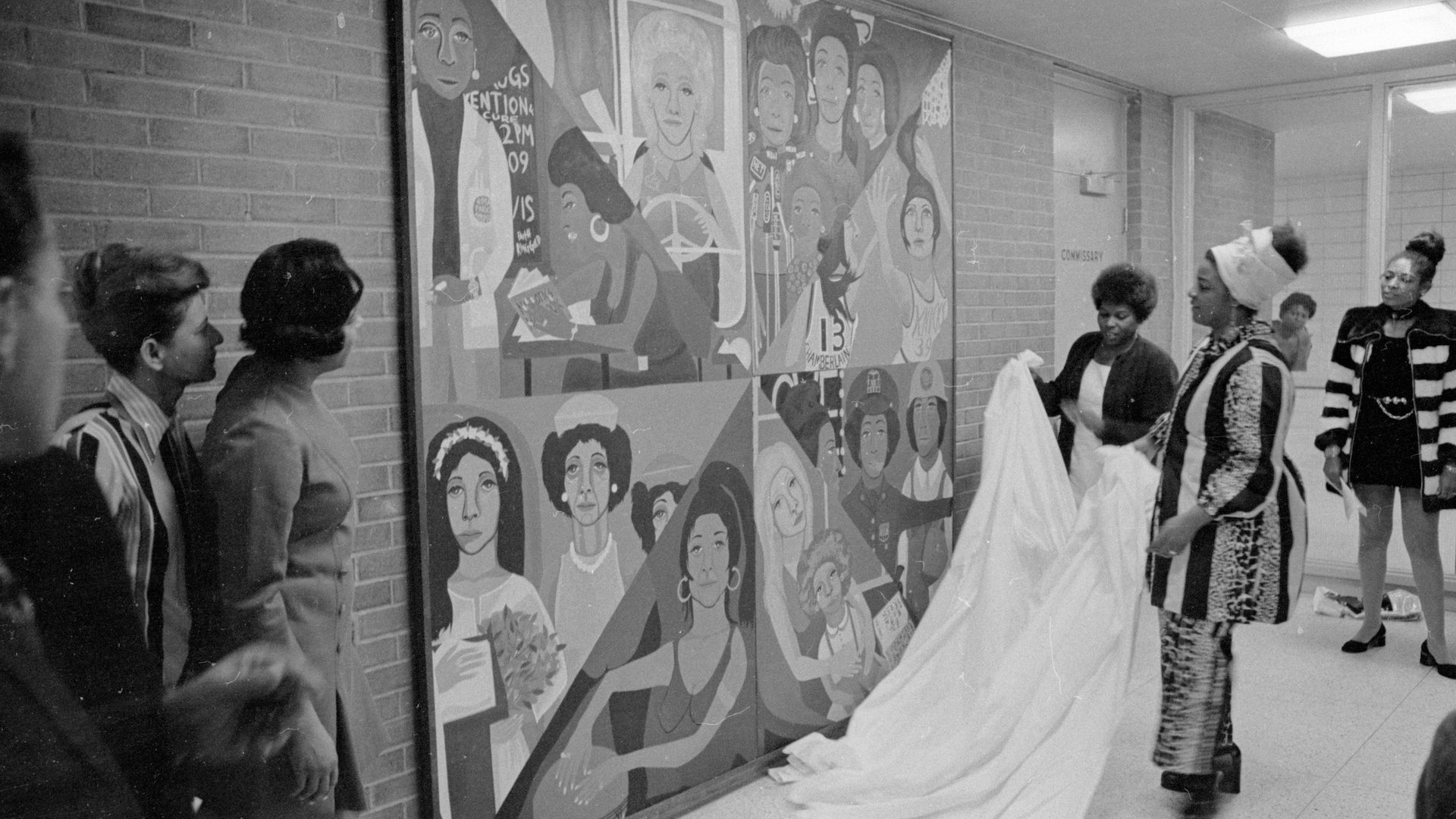
The unveiling of Faith Ringgold's For the Women's House (1971) Aubin Pictures
The film's first spoken line is: “No one and nothing is safe in a prison, including the guards, the inmates, the walls, the furniture and especially that painting.” The prison's reputation as filthy, violent and corrupt is not in dispute.
Over time, women were transferred from the original women's detention hall on Rikers Island. “They didn't move the painting, they just moved the women,” says Barbara Drummond, a former guard at Rikers. One day she noticed that the painting was missing from its place on the wall. She inquired about where it was, without success. One officer asked why she alone seemed to care about the painting; another referred to it as “just bitches”. Drummond persevered.
Drummond searched the jail for the painting and finally found a white rectangle in a staff kitchen. It was Ringgold's painting, freshly repainted. Jail officials had no explanation for why that happened. Perhaps it was the work of a crew repainting the interior of a building, suggests Vincent Schiraldi, a former New York City Commissioner of Correction.
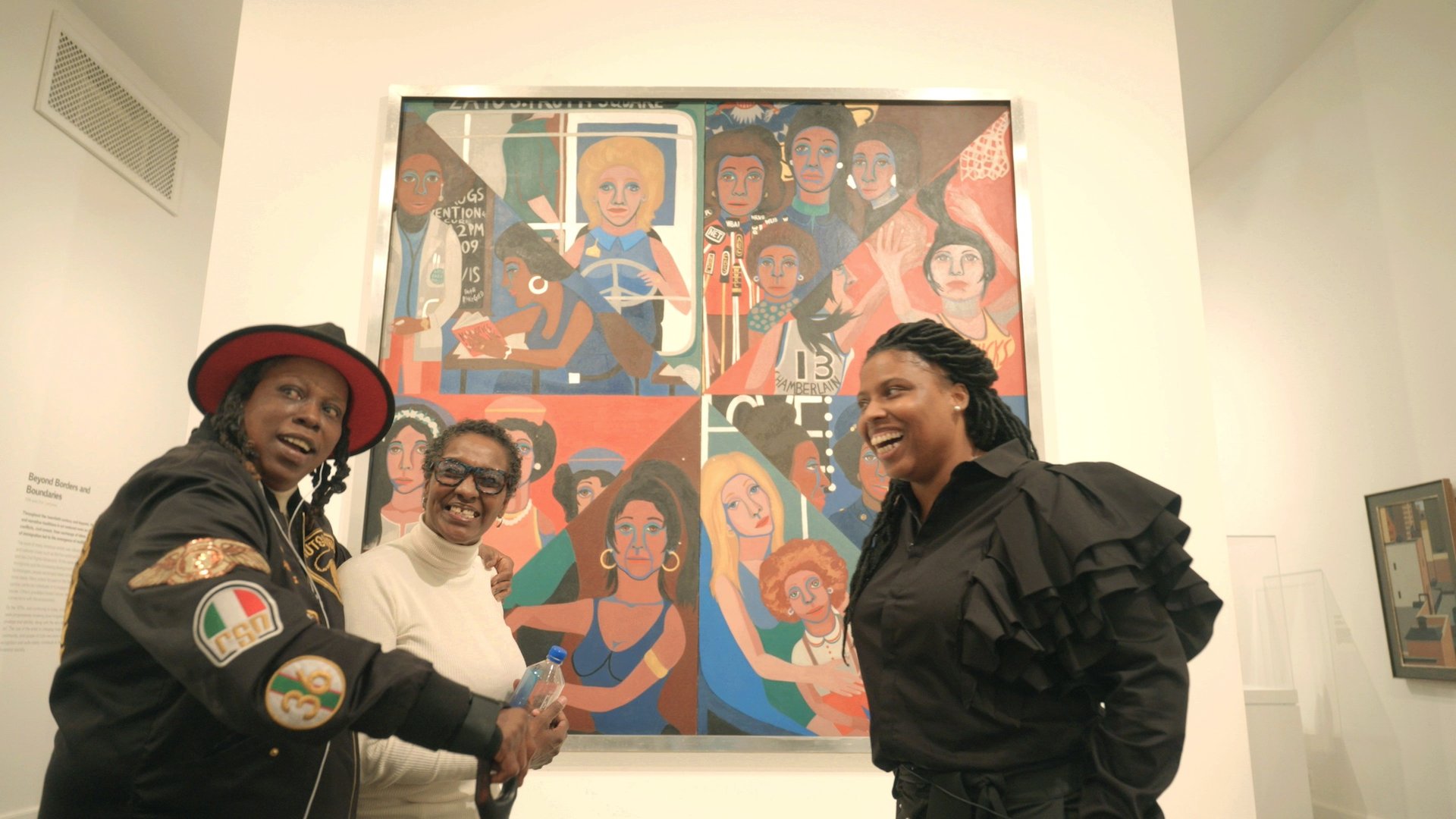
Enid “Fay” Owens, Nancy Sicardo and Mary Enoch Elizabeth Baxter
with Ringgold's For the Women's House (1971) Aubin Pictures
Schiraldi was right to be wary. In 2003, a 1965 drawing of a crucified Christ by Salvador Dalí inscribed “to the dining room of the prisoners, Rikers Island”, estimated to be worth around $180,000 and already stained from a coffee cup thrown by a prisoner, was hanging on a wall at Rikers next to a framed note from the warden stating that the work was worth $1m. Guards staged a late-night fire drill and replaced the Dalí with a smaller replica drawn by a co-worker. Another guard who regularly prayed to the original drawing alerted authorities to the fake. Some guards pleaded guilty, but their ringleader was acquitted. The drawing was never recovered.
In her diatribe against incarceration, Gund creates a parallel between women damaged by their confinement and a painting made for prisoners that is effaced and almost destroyed inside. “Someone tells me there's this really famous painting in the Rose M. Singer Center, the women's jail, and they want to go see it. I say, ‘Oh shit, this painting’s worth millions of dollars and I didn’t even know it’s there,’” Schiraldi says.
Drummond contacted Ringgold, who wanted the painting back, or at least in a place where it would be safe and seen. After conservators spent a year removing the white paint, the picture was placed under plexiglass high on the wall of a women's gym in a new building at Rikers. It later ended up in a corridor, a would-be motivational picture that few could see, but where direct sunlight risked fading its colours. Ringgold asked for it to be placed outside the volatile city jail system, seeking parole-like status for a damaged painting now worth far more than the $3,000 grant the artist received to interview prisoners and produce the work.
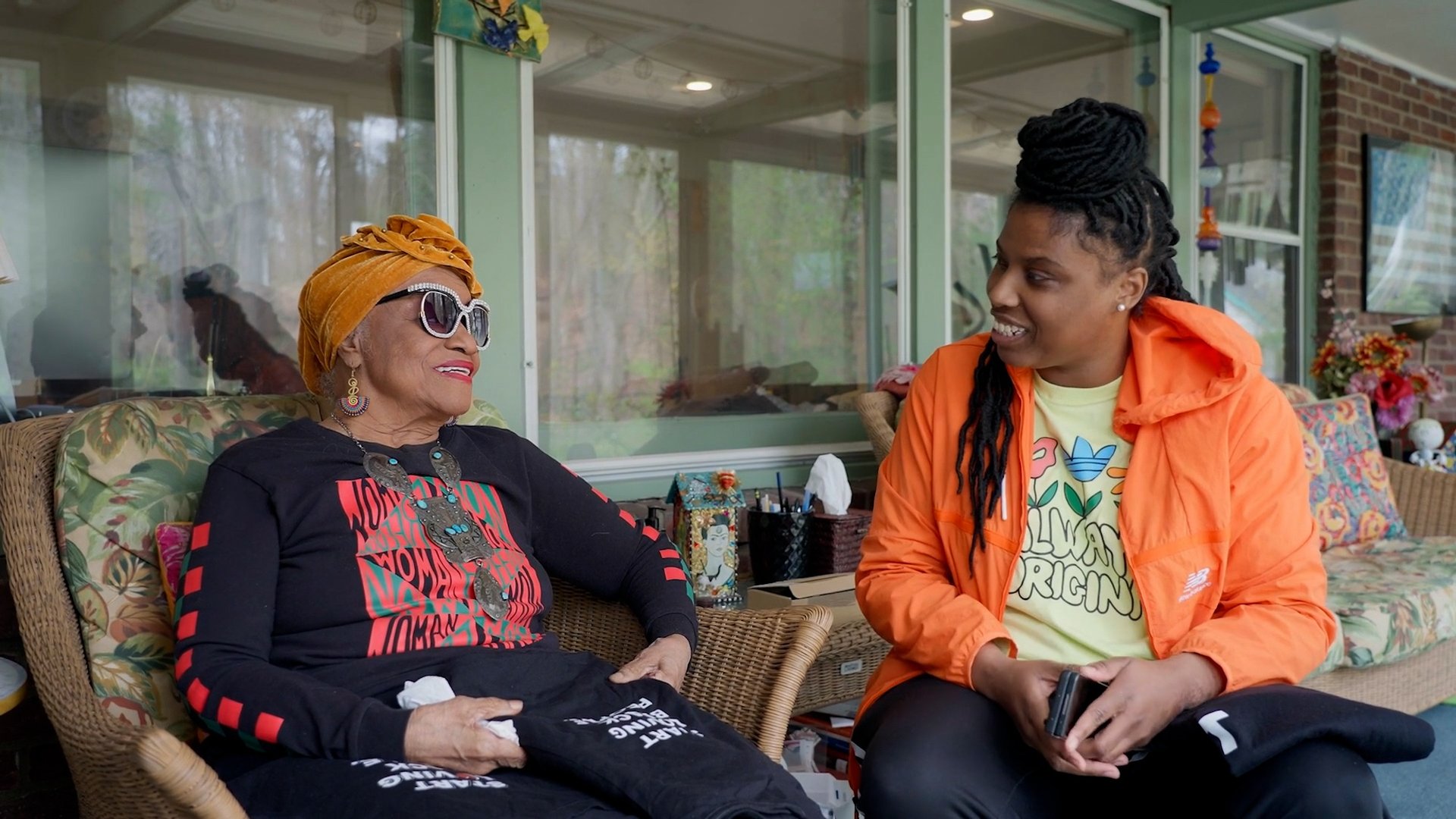
Faith Ringgold and Mary Enoch Elizabeth Baxter in Paint Me a Road Out of Here Aubin Pictures
Entertaining and often troubling, Gund’s film pairs the story of Ringgold's painting at Rikers with that of the artist Mary Enoch Elizabeth Baxter, who bore a son in a Pennsylvania prison while she was shackled during labour. Now that For the Women's House is gone from Rikers, Baxter is creating a replacement “community mural” for the prison building. That commission is funded by Art for Justice, an organisation supported by the filmmaker's mother, the philanthropist and MoMA president emerita Agnes Gund.
This odyssey ends without an ending. The picture's long-term home is still in question. Rikers Island, a risky place for art of any value, says Schiraldi, is due to close in 2027 (although the city is unlikely to meet that deadline). A natural venue could be the BrooklynMuseum, where the painting remans “on parole”.
Watch the trailer for Paint Me a Road Out of Here:
- Paint Me a Road Out of Here, Film Forum, New York



